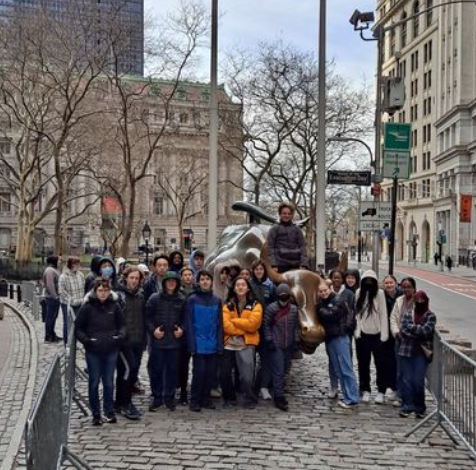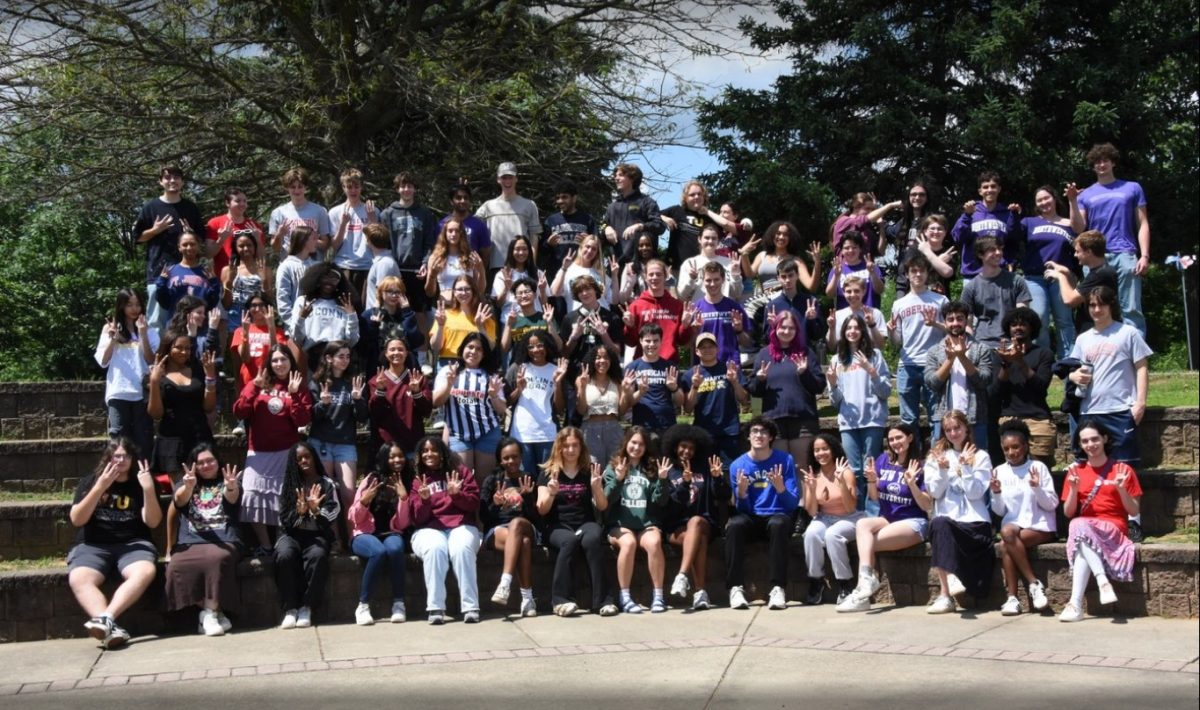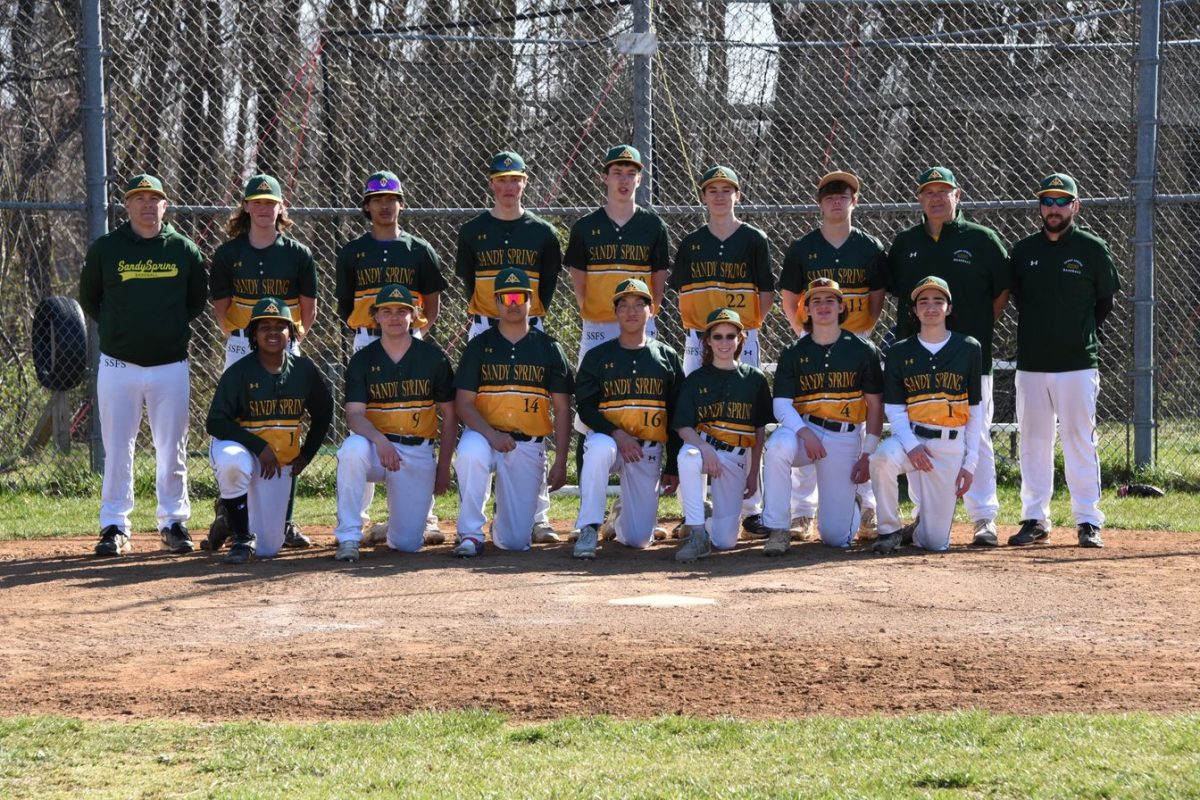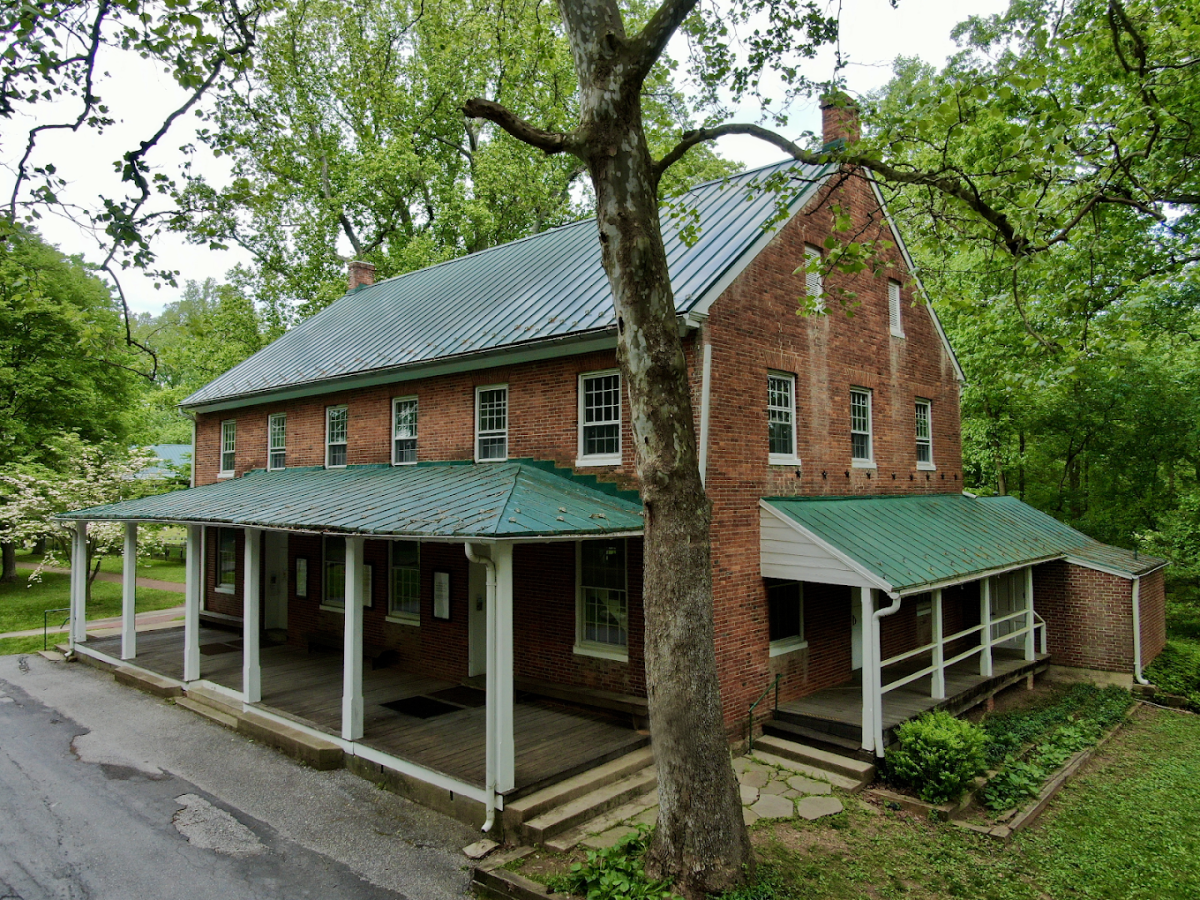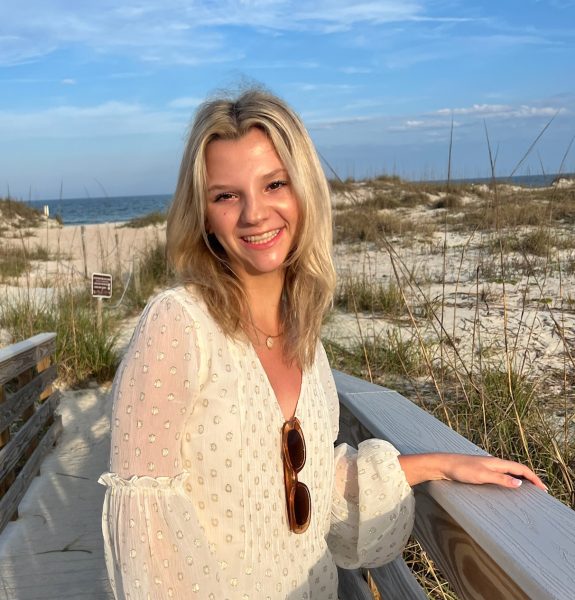Intersession trips at Sandy Spring Friends School began with two teachers who had a unique vision for their students in the 1960s. Peter Kline and Barry Morley wanted students to be able to go places beyond the confines of campus to bolster their education. They also wanted students to learn new skills, experience new places, make new connections, and “strengthen connections with friends”. Kline and Morley wanted students to compose their own music, write and act out their own plays, do hands-on activities–such as building a boat, going on hikes, sailing and most importantly, build a West Virginia folklore center on the Intersession trips.
The first Intersession experiences were in 1968 and included 135 students and 24 faculty members. Together, they went to the Appalachian Mountains, where the students studied in the inner city. On the trip, the students stayed at the William Penn House, where they did cabinetmaking, sewing, sculpting, and even drivers’ education. The trips were roughly 15-day excursions abroad and in MD and other U.S. states. According to Leah Niapoeld, a current Spanish teacher at SSFS, through applying some of the soft skills they acquire, the students can learn while traveling in groups. They can then, According to Leah, “be independent, have a sense of comprehension, learn how to work with people, which pushes you out of your comfort zone.”
Leah also said something that she wants people to understand more is that the trips are a core facet of the SSFS experience. Leah stated how, on the trips, “unexpected things will happen, discomfort will occur,” so students have to figure out how to get through tough situations. Therefore, this will galvanize the student body and strengthen their bonds. The trips may also allow teachers to see their students in a different light. As the students are forced to make new connections, do things differently and try new things.
Barry Morley, who was a history teacher of music, inventor of new games and director of Catoctin Quaker Camp, wanted there to be a Quaker component to the Intersession trips that the Sandy Spring students would take part in. His Quaker camp is combined with multiple aspects. Morley wanted it to be an energetic, engaging and an active experience for the students as well as a fun day filled with games, telling the students about nature and the miracles of shared learning while hiking, canoeing and learning other camping skills. He wanted the Intersession trips to also include a time for the students to do meetings for worship, where the Sandy Springers would sit silently in times of stress during the trip.
Aside from being on the trips, the teachers and admissions team were worried about the planning and preparations that went into the trips. Teachers questioned the planning and preparations in which the made. But the teachers were not the only people who were questioning the plans. The administrators were also worried about the travel risks that might occur as well as liability and equitable funding. According to Leah, teachers were also worried about the planning of the trips and the traveling issues that may occur while on the trip. Leah stated that when she was head Intersession coordinator, it was her idea to incorporate the service aspect of the trips. Leah and others created what were called service trips. Niapoled said she wants students to experience and understand how the people from where the students travel to live as well as the culture and community of those destinations. Leah said, “kids who worked all day are more grateful travelers.” Doing service can help students understand the struggles of those communities.
In conclusion, Intersession is a good experience for Sandy Spring students and a time where they get to escape from being in school. It is also a time where teachers get to see their students in a different light than just behind their desks at school. Intersession also helps students build new connections with friends they would not usually hang out with otherwise.

